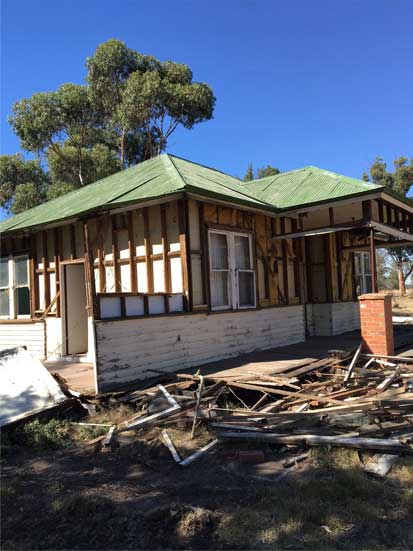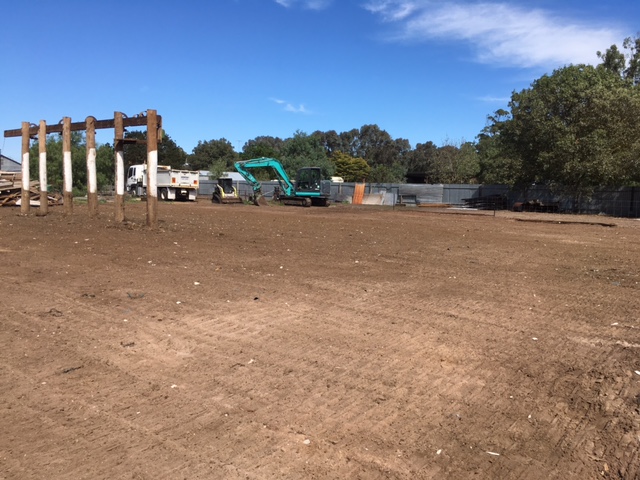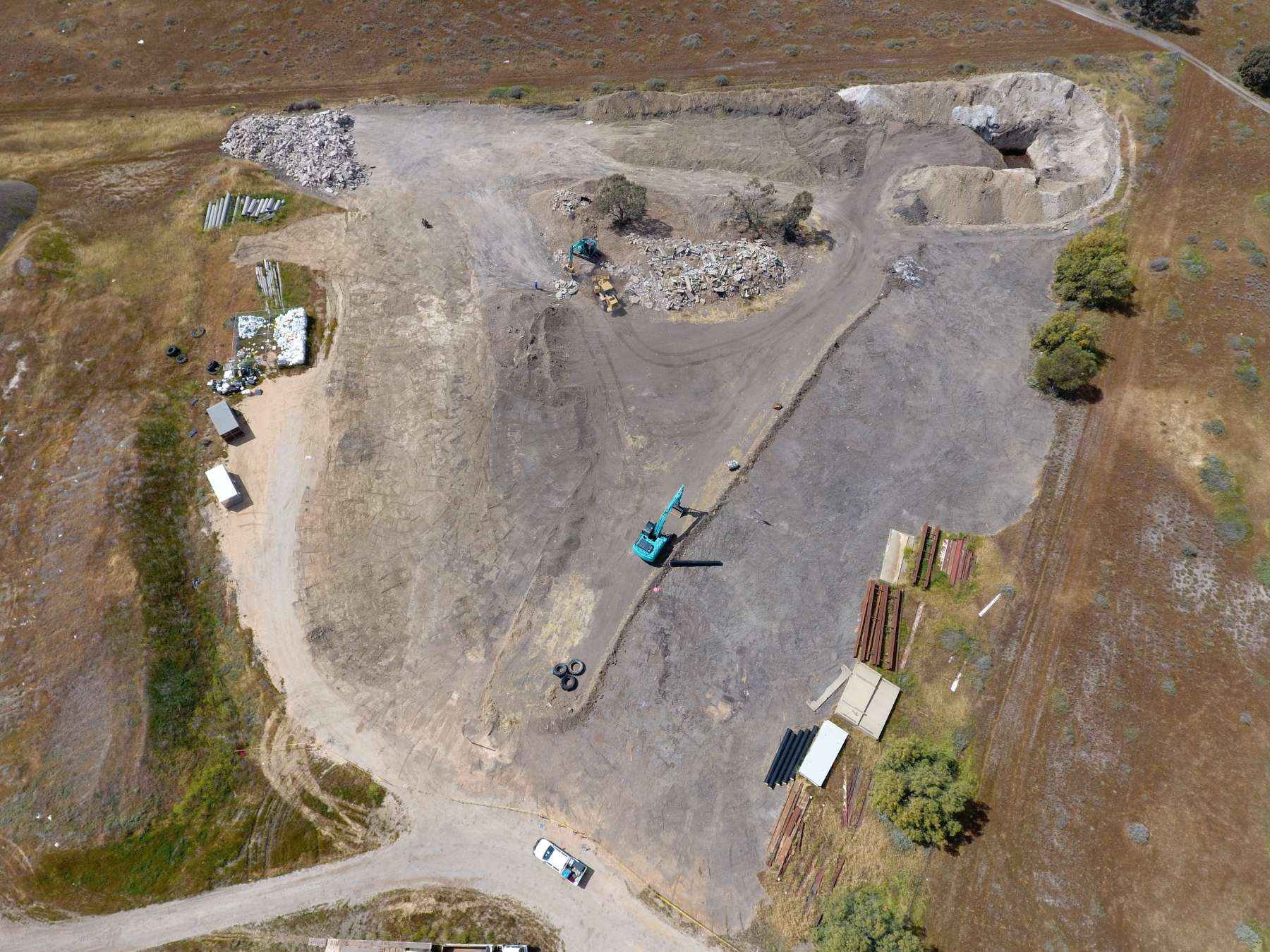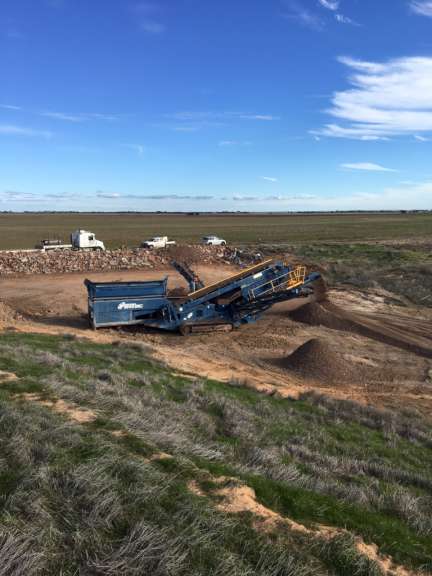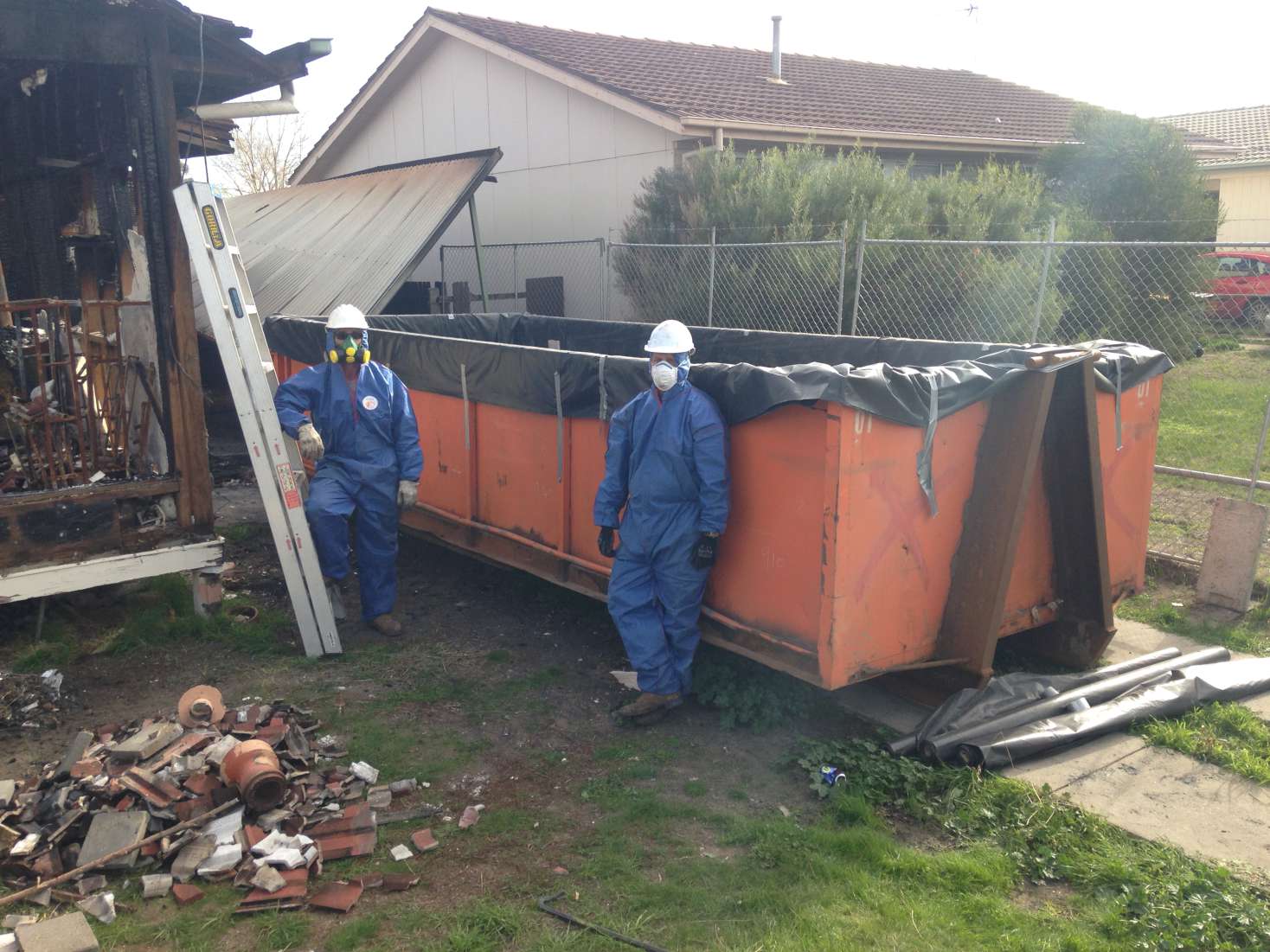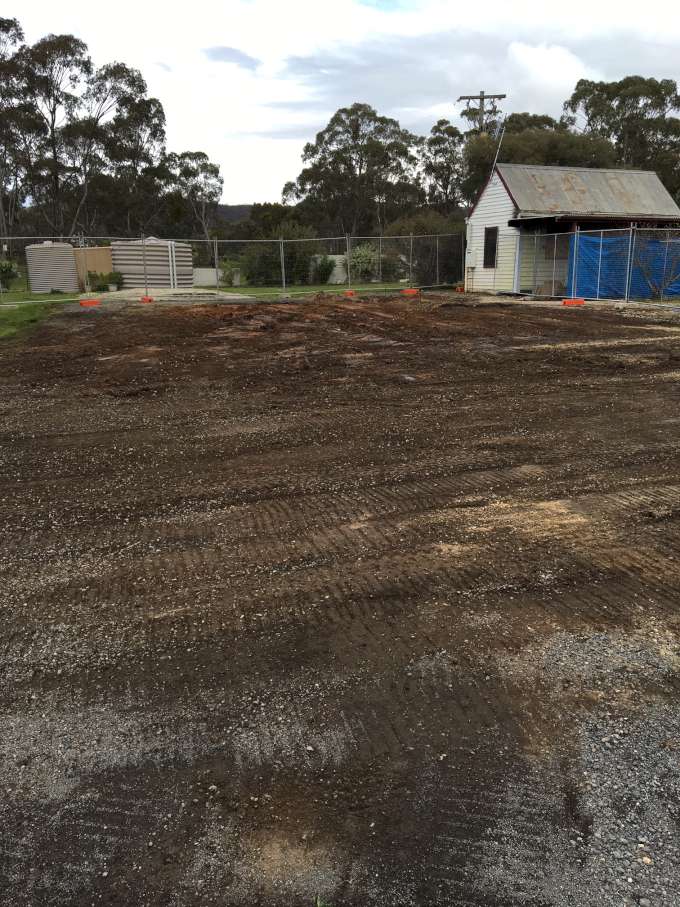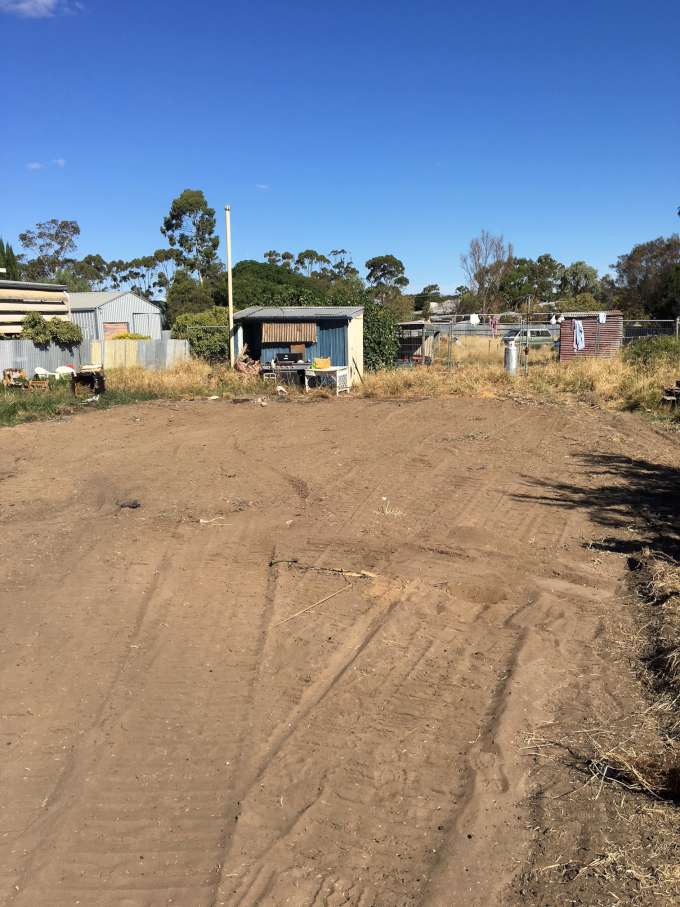Asbestos Removal
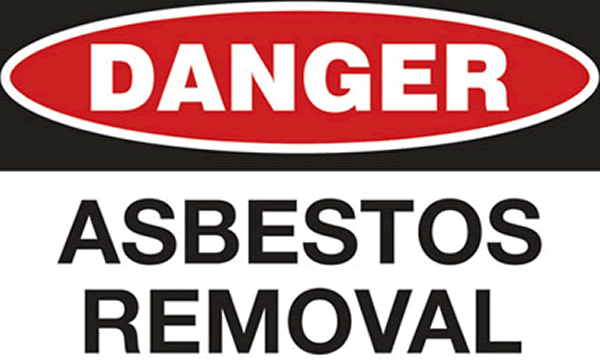
Asbestos is a mineral but is quite unique in the way that it is divisible into millions of fine fibres, soft to touch yet much stronger than the rock in which they are found. There are three most common types of asbestos that were mainly used. Chrysotile (white asbestos) Crocidolite (blue asbestos) Amosite (brown or grey asbestos). Blue asbestos has a history of causing the most harm due to its long and thin fibers which reach the lungs more easily than the curlier fibers like those of white asbestos.
The resistivity and incombustibility properties of asbestos led to its wide use in fire proofing and insulation over the years. Asbestos was added to many construction materials before 1979, including pipe and duct insulation, floor and ceiling tiles, asbestos cement used heavily in industrial furnaces and heating systems, casing for water/electrical/telecommunication services, roofing, ceilings, cement pipes and tiles, attic and wall insulation. Asbestos has not been used in domestic building materials since the 1980s but it was not until 31 December, 2003 that asbestos and all products containing asbestos were banned throughout Australia.
Asbestos by nature has a fragile composition and hazardous nature. Caution should be taken when asbestos containing materials are suspected until the area is surveyed and laboratory tests are carried out. Its removal, by Horsham Excavations and Demolition is undertaken by experienced and trained crews, who are equipped with the correct ’state of the art’ equipment. At Horsham Excavations & Demolition we enforce a stringent OH & S policy to remove, transport and dispose of Asbestos Containing Materials to comply with Health, Safety and Environmental Regulations.

Why Is Asbestos Dangerous?
The risks from asbestos are related directly to exposure to asbestos fibers commonly referred to as ‘asbestos dust’. This misleading term could be taken as a dusty environment, yet the fibers that cause harm to health cannot be normally seen with the naked eye and are known as respirable fibers.
These respirable asbestos fibers are able to by-pass the respiratory defense mechanisms and remain in the lungs for many years. Not all persons exposed to asbestos fibers suffer disease as we all have some asbestos in our lungs, but there is no known safe level of exposure.
Where Is Asbestos Found In Buildings?
It is extremely hard to identify if a product contains asbestos just by looking at it. See the diagram below for possible locations of asbestos within the home that was built or renovated prior to 1990.
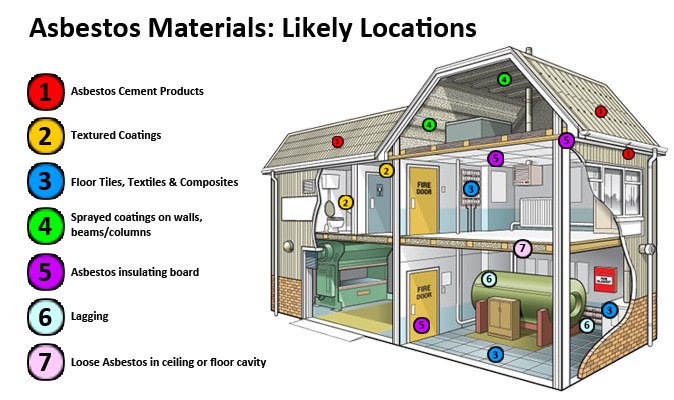
The following list is where you may find asbestos containing products in your house:
Living Areas – insulation in wood heaters, asbestos cement sheeting in walls, ceilings and beneath wood-heater hearths, asbestos contaminated carpet underlay carpet.
Bathroom, Toilet and Laundry – asbestos cement sheet walls, ceilings and floors, backing to wall tiles, lagging on hot water pipes, hot water pipes set into masonry walls
Kitchen – walls, splashbacks, ceilings, in vinyl floor tiles, backing of vinyl sheet flooring, underlay sheeting for ceramic tiles, hot water pipes set into masonry walls
Roof Cavity – loose fill insulation, or asbestos debris contamination left from previous asbestos roof removal
Exterior– flat, patterned and corrugated wall and roof sheeting, roof guttering, ridge capping, imitation brick cladding and lining under eaves
Backyard – fences, garden sheds, garages, carports, outside toilets and dog kennels
Other– backing of electrical meter boards
Does Asbestos Need To Be Removed If I’m Not Demolishing My Home?
Asbestos is no longer used in construction or refurbishment of any buildings but many thousands of tonnes of it were used in the past and much of it is still in place. As long as it is in good condition and is not being disturbed, damaged or exposed there is no imminent risk.
All Asbestos Containing Materials should be managed correctly when staying in place. If it is disturbed or damaged, it can become a danger to our health because invisible asbestos fibers are released into the air. In such cases it should be removed.
There is no need to unnecessarily worry about asbestos in your home as long as it’s managed correctly. Just because you have it in your home does not mean you are going to get an asbestos related illness.
Types Of Asbestos
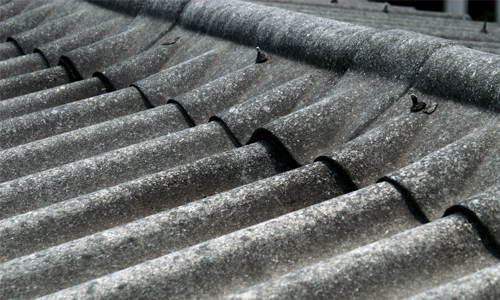
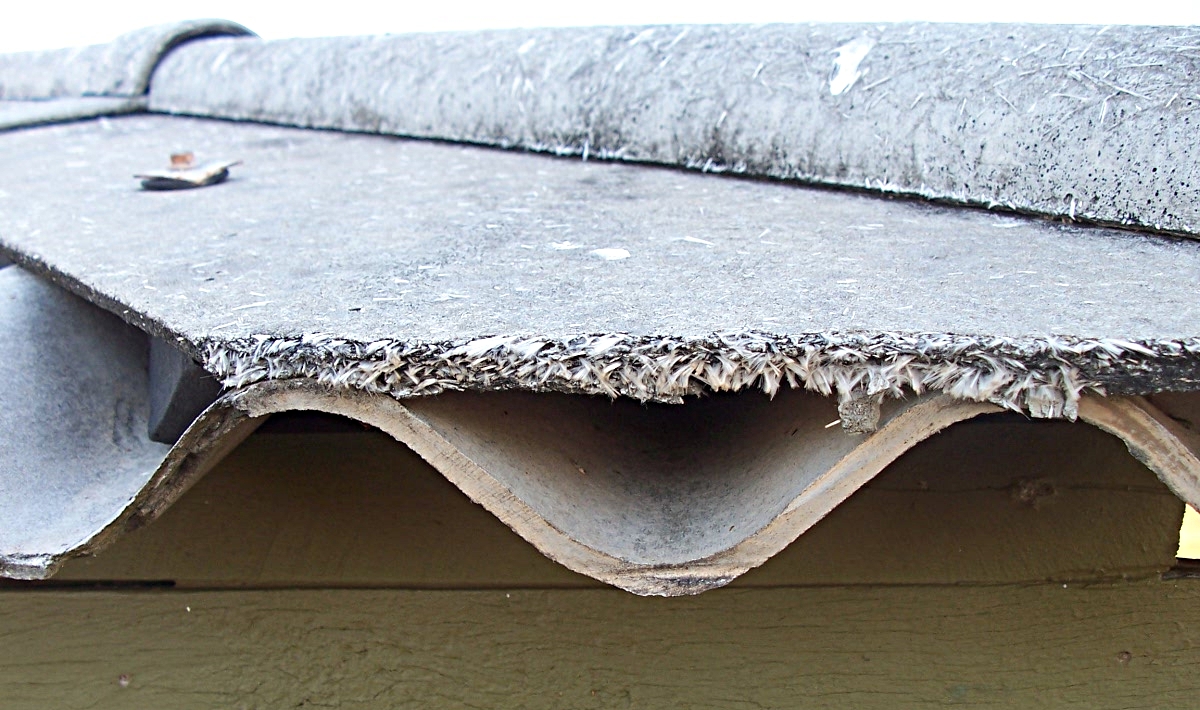
Bonded (Tightly Bound) OR Non Friable Asbestos
Non friable asbestos is created by bonding the asbestos fibres together with another substance, for example cement, vinyl, or resin to create a hardened product. For example AC sheet which has widely been used on homes in Australia prior to 1990.
Non friable asbestos is less likely to break into pieces and there for is less likely to create dust and become airborne. Over 97% of asbestos products made in Australia were non-friable material.
• Non-Friable Asbestos can be found commonly in the following:
• Exterior Wall Cladding
• Roofing and Shingles
• Backing of floor tiles
• Kitchen, Laundry and Bathroom Splashbacks
• Circuit boards and electrical panels
It is important to note that non-friable asbestos can become friable as a result of fire. When asbestos is exposed to the heat of fire its bonds break down leaving it susceptible to becoming dusty and airborne.
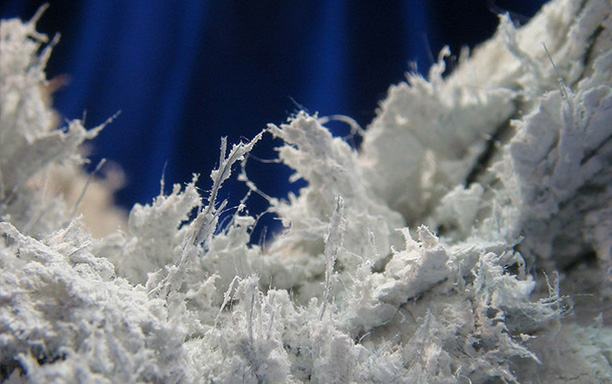

Loosely- Bound OR Friable Asbestos
Friable asbestos was most commonly used in industrial and commercial settings to fire proof and insulate and therefore it is rare to find friable asbestos on a residential property. If friable asbestos were to be found in a residential property it would be found in places like old domestic heaters, stoves, hot water systems, pipe lagging and ceiling insulation products.
Friable asbestos is material which can be crumbled or reduced to powder with your hands and therefore has a tendency to become airborne. It is extremely hazardous and highly dangerous and should only be removed by a licensed asbestos removalist. Friable asbestos can also be previously non-friable asbestos that has come into contact with fire.
For a more extensive list of places where asbestos can be found and also more detailed information regarding asbestos in general you can search for the Worksafe handbook for workplaces for ‘asbestos’.
As a general rule if a material is suspected to be asbestos it should be treated as friable until it has been properly inspected and tested.
Recently Completed Projects
Get a free Quote
You’ve got questions, we’ve got answers. Use the form below any hour of the day.
Mobile:0427 174 516
Phone:
21 Burnt Creek Drive,
Bungalally 3401
-
PO BOX 565
Horsham, 3402
-
231/19 Kitchener Drive
Darwin City 0800


